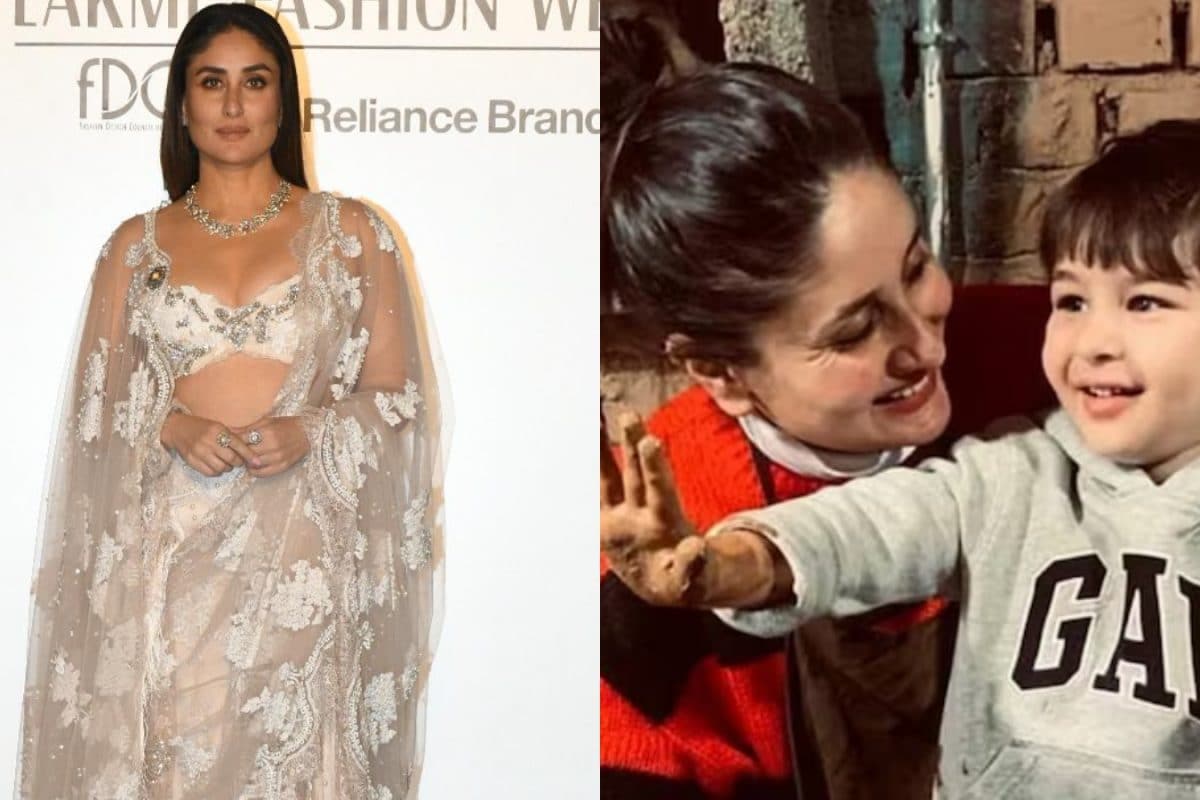Pounding and eating mochi offers good luck, health, prosperity and happiness. Mochitsuki, a Japanese new year’s tradition, calls for families to gather and eat a chewy rice cake called mochi. Many, like my family, ate frozen mochi, toasted, wrapped in nori and dipped in shoyu or like a dumpling in a bowl of good-luck soup called ozoni.
I always thought if you didn’t choke to death on it, it was a good sign. It meant you’re alive for the upcoming year. Hence, health, happiness and good fortune.

Also known as living to tell about it. After spending many years among the smoky barbecue pits and Tex-Mex cuisine of the Lone Star State, living in Hawai’i offers an opportunity to witness mochitsuki, or traditional mochi pounding. This Japanese cultural tradition takes place during the holiday season and has for thousands of years.
Mochitsuki in Hawai’i extends the family boundaries to include friends, neighbors and co-workers. The Konko Mission of Wahiawa takes it a step further. It offers demonstrations all over O’ahu during the holiday season.
Kama’aina and visitors get an opportunity to see the hard work it takes to make the rice cake, in mostly the old-fashioned way. Rev. Edna Matsuoka assumes the role of master of ceremonies.
“Mochitsuki is a celebratory food item for unity, health, prosperity and good luck,” she tells the audience. This labor of love takes days of preparation. Konko Mission of Wahiawa Head Rev.
Yasuhiro Yano washes the mochigome and soaks it f.

























